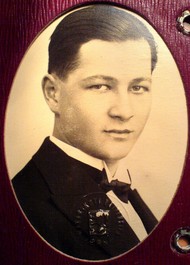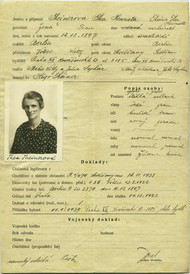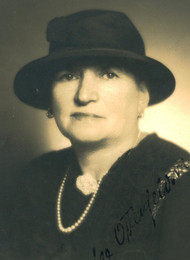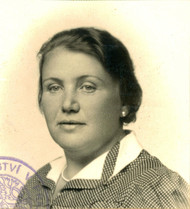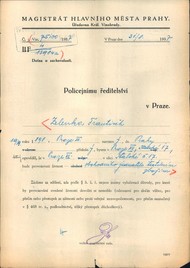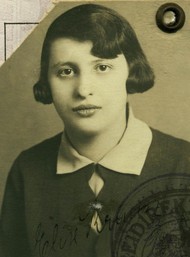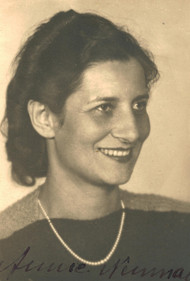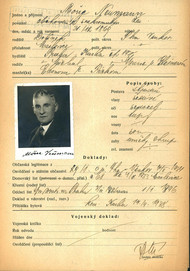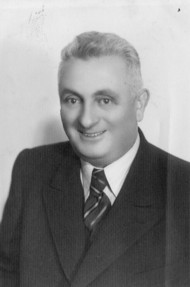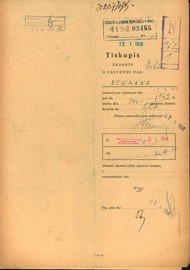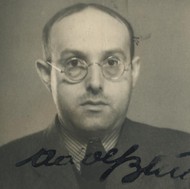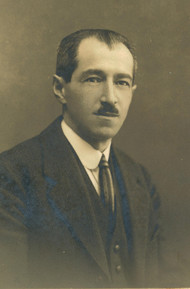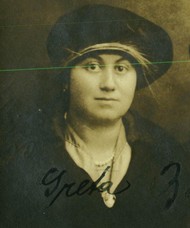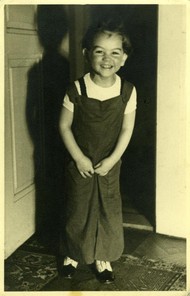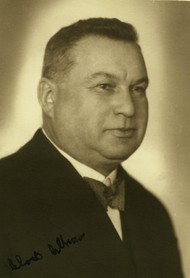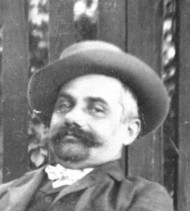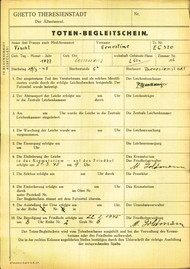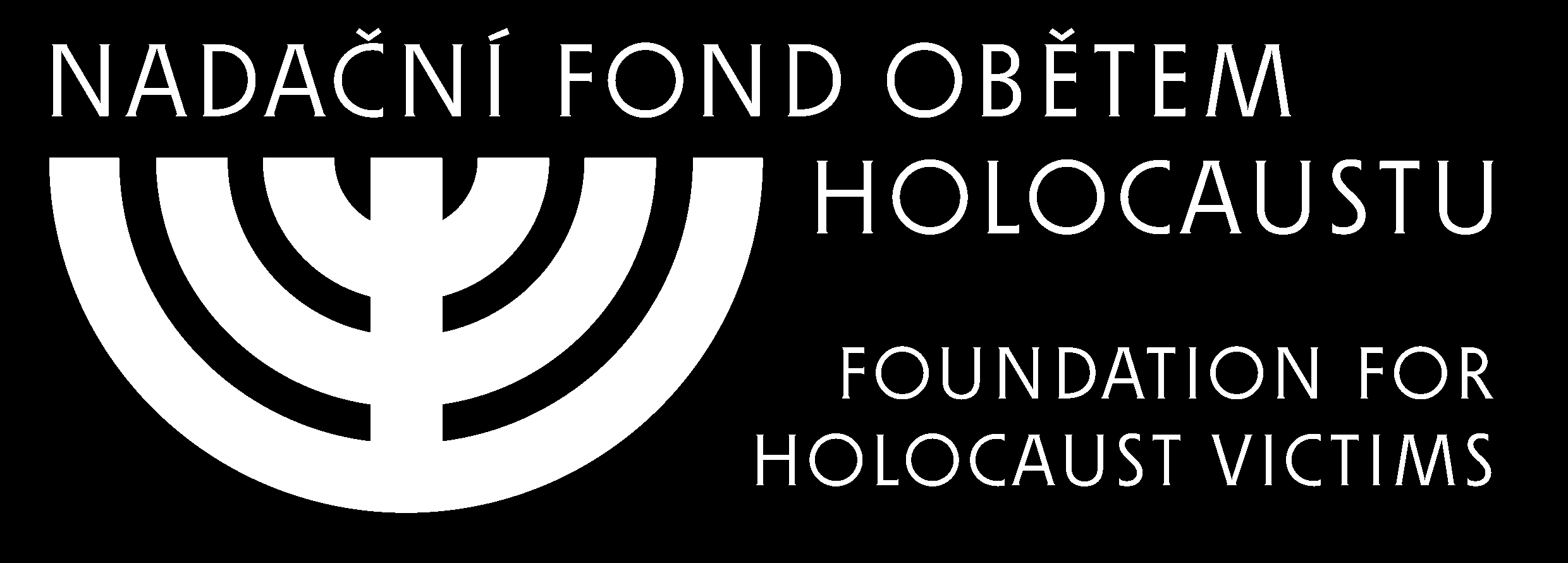After the First World War, it was no longer possible to cross the state border without a passport. Increased fear of foreigners, foreign spies and the dissemination of revolutionary ideas meant that all European states now made rigorous efforts to keep track of and limit the movement of foreigners on their territory. Especially in the immediate aftermath of the First World War, it was often not even enough to have a passport; travellers had to arrange visas in advance. The difference between prewar and interwar Europe is vividly described by Stefan Zweig in his memoirs. Before the First World War he had travelled to India and America without even needing a passport:
„We entered and left, we asked no questions and were asked none, we did not fill in even one of the hundreds of papers which are required today. There were no permits, no visas, no harassment; the same borders that today, through the presence of customs officers, policemen, gendarmerie stations, as a result of the pathological suspicion of everyone by everyone, have become impediments surrounded by barbed wire, at that time were nothing more than symbolic lines, which one crossed as insouciantly as the Greenwich Meridian“ (Stefan Zweig, Svět včerejška, Praha 1994, p. 351, published in English as The World of Yesterday.)
Czechoslovak passport application forms changed during the wartime period, but always contained the following sections:
1. Personal details
The form contains the applicant's basic details. Explanation of certain terms:
-
political district
-
place of right of residence
-
religion (Jewish religion may also be indicated using abbreviations such as „mos.“ - Mosaist, „isr.“ - Israelite)
-
parents' names (in the case of the mother, usually accompanied by the maiden name: a cross indicates that a father or mother was no longer alive)
2. Description of person and photograph
The photograph had to be signed by the applicant
3. Destination and time limitations
A passport did not have to allow travel to all states. Frequently it was only valid for a certain neighbouring country, or some states would be excluded. Until the Czechoslovak-Russian treaty of 1935, passports often did not allow travel to the Soviet Union.
Time limitations: Passports were issued for a limited time, usually for one or two years. Purpose of journey and destination: Applicants usually had to state where and why they were travelling. This means we frequently learn that a passport was designed to allow permanent emigration.
4. Fellow-travellers
Fellow-travellers indicated in a passport were usually children, sometimes the applicant's wife.
5. List of documents
The list of documents on the basis of which the applicant was identified and his details checked. In the case of men of active age, documents relating to military service were also required.
Notes:
The reverse side of the application form usually contains the archived signature, the date of the passport's creation and issue, and the signature of the passport holder.
The application form was filled in by police clerks, who in some cases did not stick to the prescribed columns and wrote the data in the wrong places.


